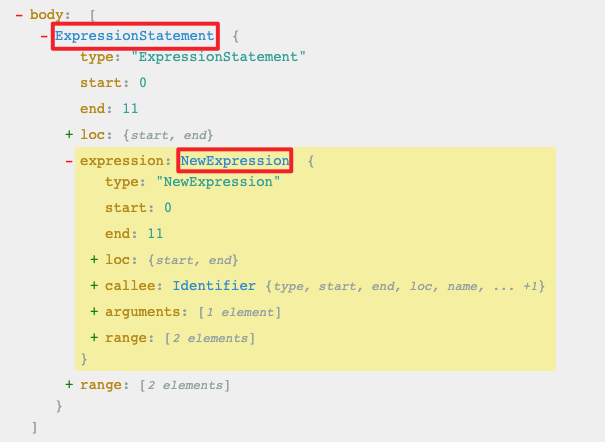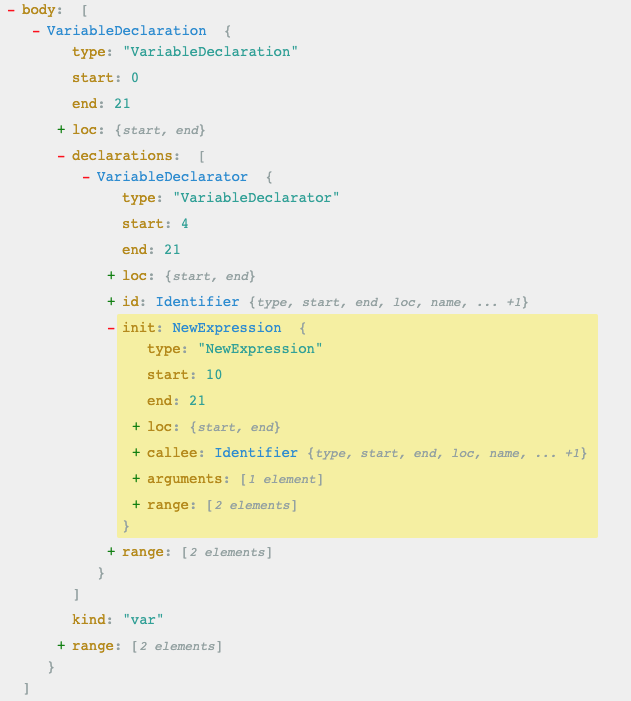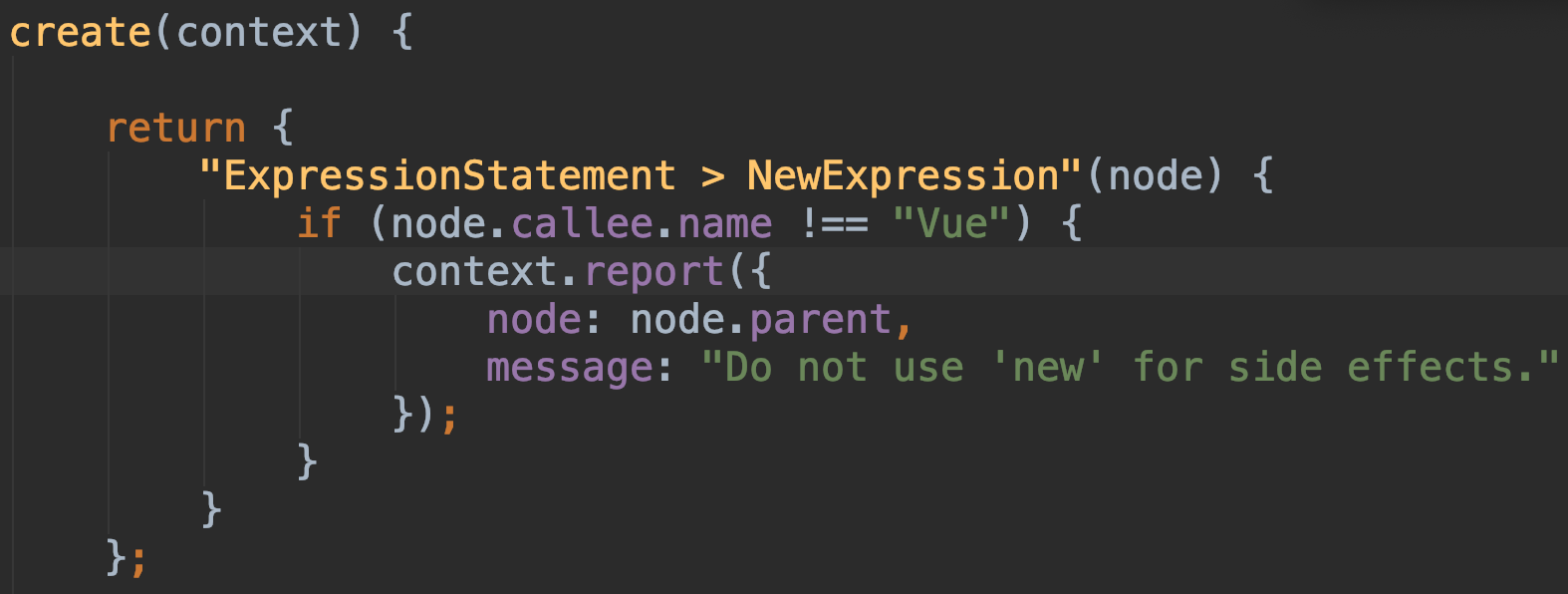The analysis and modification of rules of ESLint
每个互联网大厂都有自己的编码规范,而对规范审查需要有代码扫描平台来对工程师的能力进行评估。在实习的两个月中,我负责的工作的一部分包括代码规范扫描方向,其中对 ESLint 以及 fecs 规则的修改及调整也包括在内。ESLint 在内部保留了一个仓库用于 JS 的规范检查,由于内部代码规范的问题,不可能直接将外部的拿来直接使用。对很少接触 JS 的我来说,npm 的包管理方式冗杂而烦乱,同时该模块是被集成在整个扫描平台中的,所以很少有有效的文档用来参考,通过不断地测试最后终于解决了该部分问题。
规则 no-new 要求 使用 new 关键字必须将其赋值给一个变量,如:
var Vue = new Vue({})
而内部规范在 Vue 中可以不赋值
new Vue({})
所以考虑对 ESLint 进行一些定制化配置。
查看官方文档无果之后,考虑找到开发人员,以下为交流过程:
arjenzhou: Hi, because I customized the rules, so I want to build and run eslint locally, what should I do?
platinumazure: @arjenzhou You should be able to install ESLint locally with npm install –save-dev eslint, and then run with ./node_modules/.bin/eslint. Am I missing something?
arjenzhou: @platinumazure Thanks for your reply. Because of my work, I must modify the original rule (no-new) and, I want to repackage(I don’t know whether right or not because I haven’t get touch js before) it with the source code and test it locally. I think npm install will push eslint from npm repository, please correct me at your pleasure. typo: push -> pull
platinumazure: @arjenzhou Your best option in this case is to create a custom rule, rather than trying to edit the original rule in-place. See here for a way to pull in custom rules in a particular directory of your project. (Note: This assumes you don’t intend to redistribute your custom no-new implementation. If you might want to redistribute it, you should look at creating a plugin.) See here for how to create a rule. (In your case, you could either put the rule file in some directory in your project and then use –rulesdir to pull it in, or you could put the rule in a plugin.) When creating your rule, you could copy the source of no-new and make the necessary changes. Also, depending on the type of change, eslint-rule-composer could be a useful tool to help you create the rule.
arjenzhou: @platinumazure I am not going to use it in my project, rather than using it in all my projects so, I want to repackage it then I can use it global. platinumazure: @arjenzhou Then you’ll want to create a plugin, publish it to an npm repository (maybe privately/within a scope), and use the rule from the plugin. All your projects can consume the plugin as a dependency or devDependency.
arjenzhou: Can I get the value of the node of AST? I want to log the vaule of node and its child and parent nodes @platinumazure I notice the doc isn’t enough for me https://eslint.org/docs/developer-guide/working-with-rules#contextreport Finally I solve by node.name Thanks you a lot! @platinumazure
经过查看官方文档和咨询开发人员无果之后,考虑修改源码来定制规则,首先分析 ESLint 运作的原理。
抽象语法树
Javascript Parser 将 JS 代码转换成 AST,代码扫描工具通过 AST 对代码进行分析检查[1],之后,我们查看源码具体分析规则的实现。
规则:no-new[2]

图1,ESLint 中 no-new 规则实现部分代码[3]
我们在官方文档[4]中找到红色方框中语句的含义:

图2,官方文档部分对该规则的解释
结合对代码 AST 的分析,我们很容易得出结论,当 AST 符合红色方框中的情况时,即会触发规则。图3为代码 new Vue({}) 的 AST,符合代码中 ExpressionStatement > NewExpression(node) 的情况,故能够触发规则。

图3,触发 ESLint 规则的代码 new Vue({}) 对应的语法树
而代码 var vue = new Vue({}) 不触发 ESLint 的规则,其 AST 如图4所示。

图4,不会触发 ESLint 规则的代码 var vue = new Vue({}) 对应的语法树
如此一来,我们只需要触发规则的情况中豁免掉 Vue 就能避免误报。修改后的代码如下:

图5,修改后的代码,豁免了触发规则的情况
附: JS 语法树分析工具[5]
[1] https://segmentfault.com/a/1190000014389494
[2] https://eslint.org/docs/rules/no-new
[3] https://github.com/eslint/eslint/blob/master/lib/rules/no-new.js
[4] https://eslint.org/docs/developer-guide/working-with-rules#rule-basics
[5] https://astexplorer.net